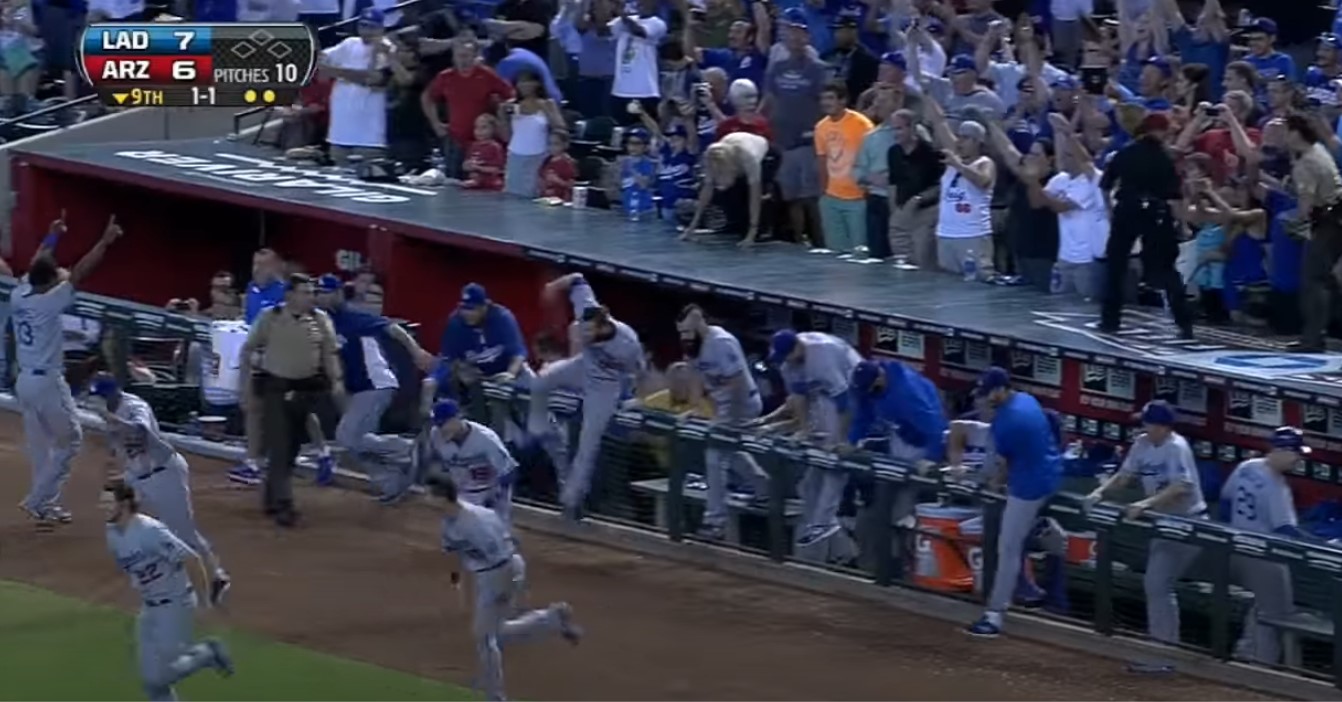Twins’ Postseason Woes Continue as Astros Sweep
The Minnesota Twins’ postseason losing streak reached 18 games Wednesday afternoon after a 3-1 defeat at the hands of the Houston Astros. They haven’t won a postseason game since 2004 and haven’t won a postseason series since 2002. Yesterday, it was poor defense that led to their loss; today it was a total lack of punch from their bats. Four Astros pitchers — Jose Urquidy, Brooks Raley, Cristian Javier, and Ryan Pressly — combined to hold Minnesota to just three hits and a single run.
For the Astros, their two-game sweep is a little bit of vindication after entering the playoffs with the worst regular season record amongst the American League field — not to mention the lingering skepticism from their sign-stealing scandal. Houston’s bats didn’t carry the load; rather, it was the injury-wracked pitching staff that got them through this short series. A day after Zack Greinke and Framber Valdez shut down the Twins offense, Urquidy and three relievers were just as strong in the series clinching game.
The game started off much like yesterday’s did. The Twins loaded the bases in the first inning but couldn’t push a run across. After throwing 26 pitches in the first, Urquidy settled in and cruised through the next three innings. He allowed just three hard hit batted balls, all of which came in the fourth inning but amounted to a harmless single. He relied heavily on his fastball, throwing it 64% of the time on Wednesday, 10 points higher than his season average. It was a little surprising to see so many heaters from him since his changeup is so good and the Twins had six left-handed batters in their lineup. But the game plan seemed to be focused on fastballs up in the zone and it was extremely effective: He generated six whiffs and seven fly ball outs with his four-seamer.
The Astros scored their first run of the game in the fourth on a seeing-eye single off the bat of Kyle Tucker. Twins starter José Berríos had looked like he was in complete control through three innings but walked two straight batters with two outs and paid for that lapse in command with a run. Read the rest of this entry »

 Jay Jaffe
Jay Jaffe
